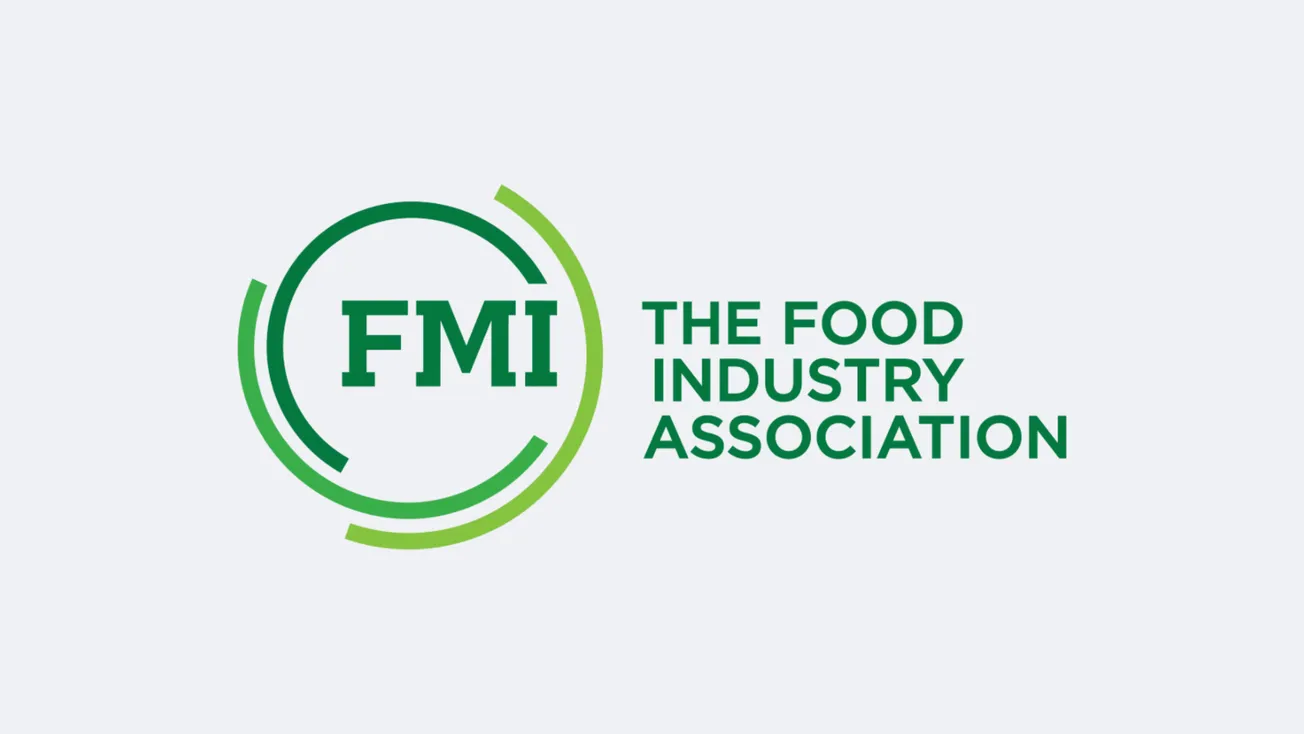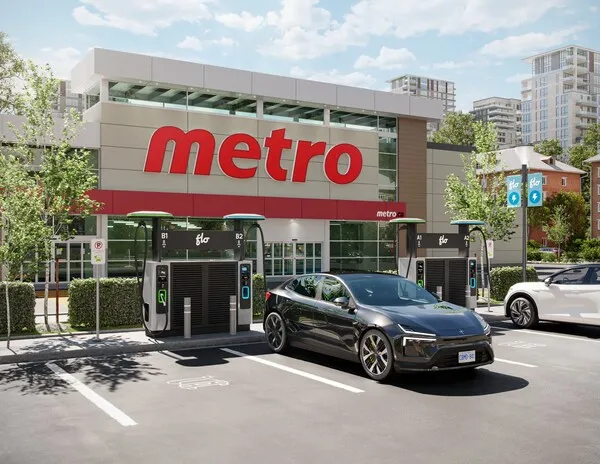CHICAGO — At Hy-Vee Inc., the food retailing business is expanding to meet the needs of an aging, insured population.
At Hy-Vee Inc., the food retailing business is expanding to meet the needs of an aging, insured population.
And as it expands, the company is evolving from a pure retailer to a health care company with expertise in food and nutrition, two executives with the West Des Moines, Iowa-based company told a panel at the recent FMI Connect conference here.
As this new business blossoms, Hy-Vee’s customer base has grown to include hospital systems and health plans that want to cap health care costs, said Sheila Laing, a Hy-Vee vice president.
"With the Affordable Care Act, the delivery of health care is changing. Hospitals are getting paid to keep people [from returning to] the hospital," Laing said. "So how can the grocery store be a part of that health care system?"
The answer lies in building partnerships that give the grocer a stronger foothold in one of the economy’s fastest-growing areas, said Laing and Hy-Vee assistant vice president Helen Eddy, who jointly presented a workshop called, "The Power of Partnerships: Total Store Collaboration for Healthy People, Healthy Profits."
Hy-Vee’s expanded health care presence is evident inside the retailer’s 235 stores in eight Midwestern states, and across the communities in which the stores operate.
Space inside the stores is devoted to miniclinics, where people come for biometric health screenings or to participate in wellness classes or get physical exams.
Nearly all Hy-Vee stores have dietitians on staff, deployed to engage with customers and, through the company’s health and wellness partnerships, venture into local businesses and schools to help citizens lead healthier lives.
Hy-Vee’s health and wellness push began under Ric Jurgens, who retired as chief executive officer in 2012, and continues under his successor, Randy Edeker. "It helps when your CEO is the one pushing you to do this," Laing said. "There’s not such a push for a return on investment."
Nonetheless, she said, Hy-Vee developed sales metrics that help justify investment in dietitians, miniclinics, cooking classes and the mobile buses that periodically take Hy-Vee’s health professionals into the community.
Hy-Vee applies UPC codes to track revenue from its health professionals. "We ring it up just like it’s a can of green beans," Laing said. Increasingly, the stores’ health and wellness initiatives are paid for through private and government insurance plans.
Wellness programs have less tangible benefits that shouldn’t be underestimated, Eddy said. "How do you put a price tag on customers who come to you and say, ‘You changed my life?’ You don’t. But change their life for the better and they will shop with you forever."





